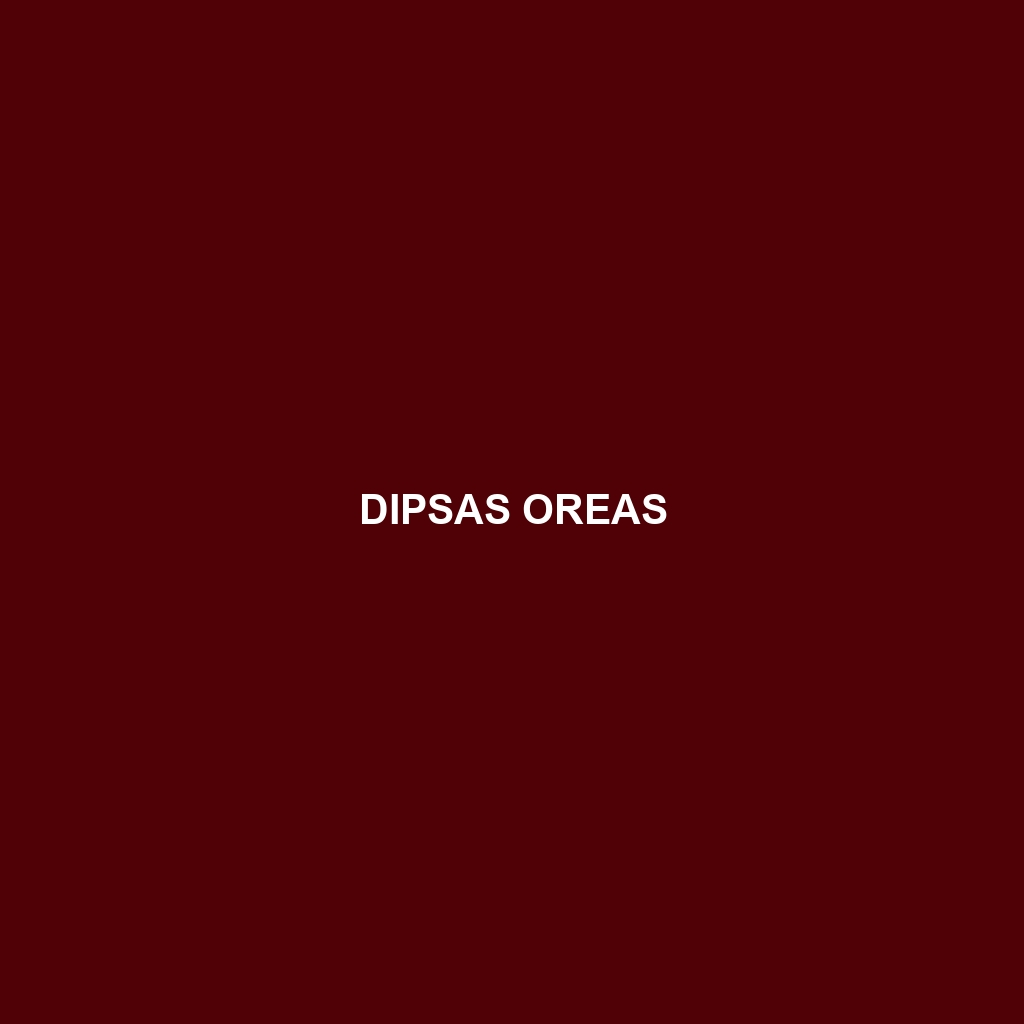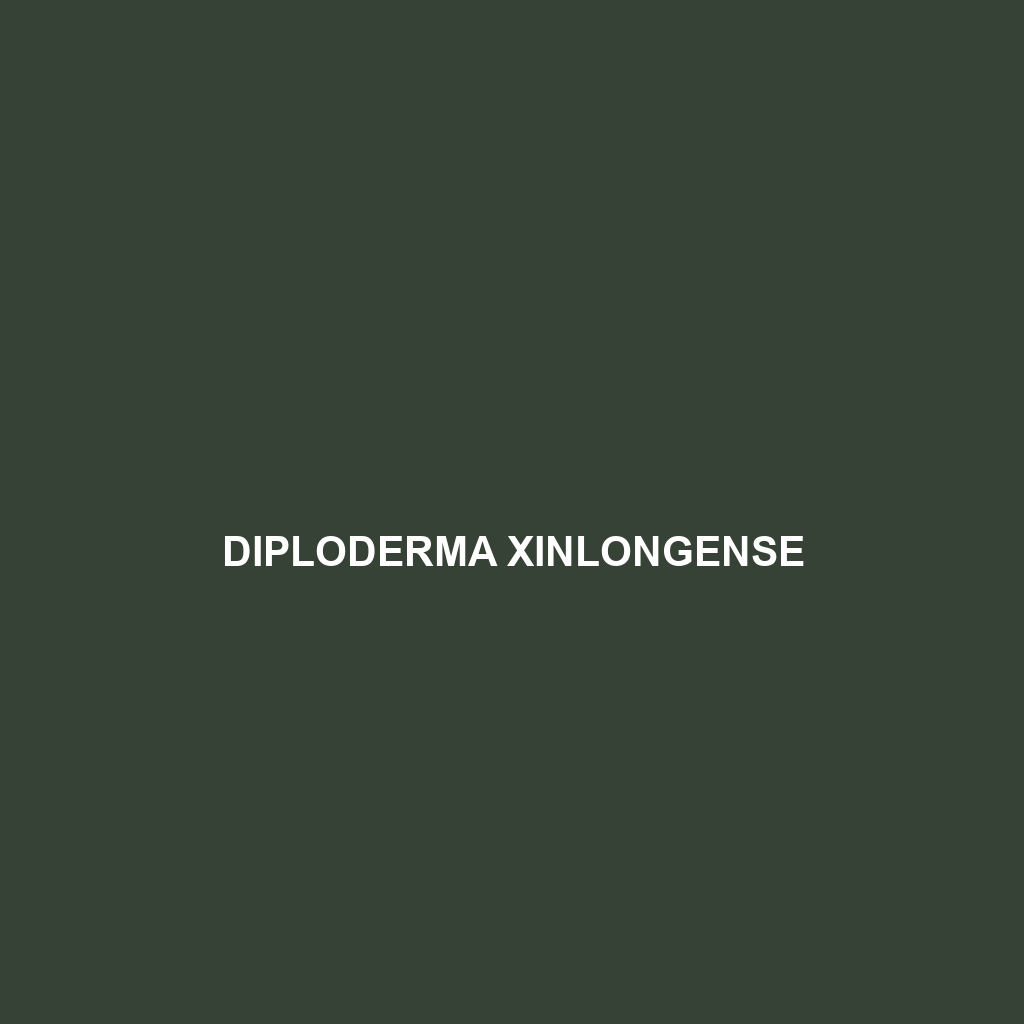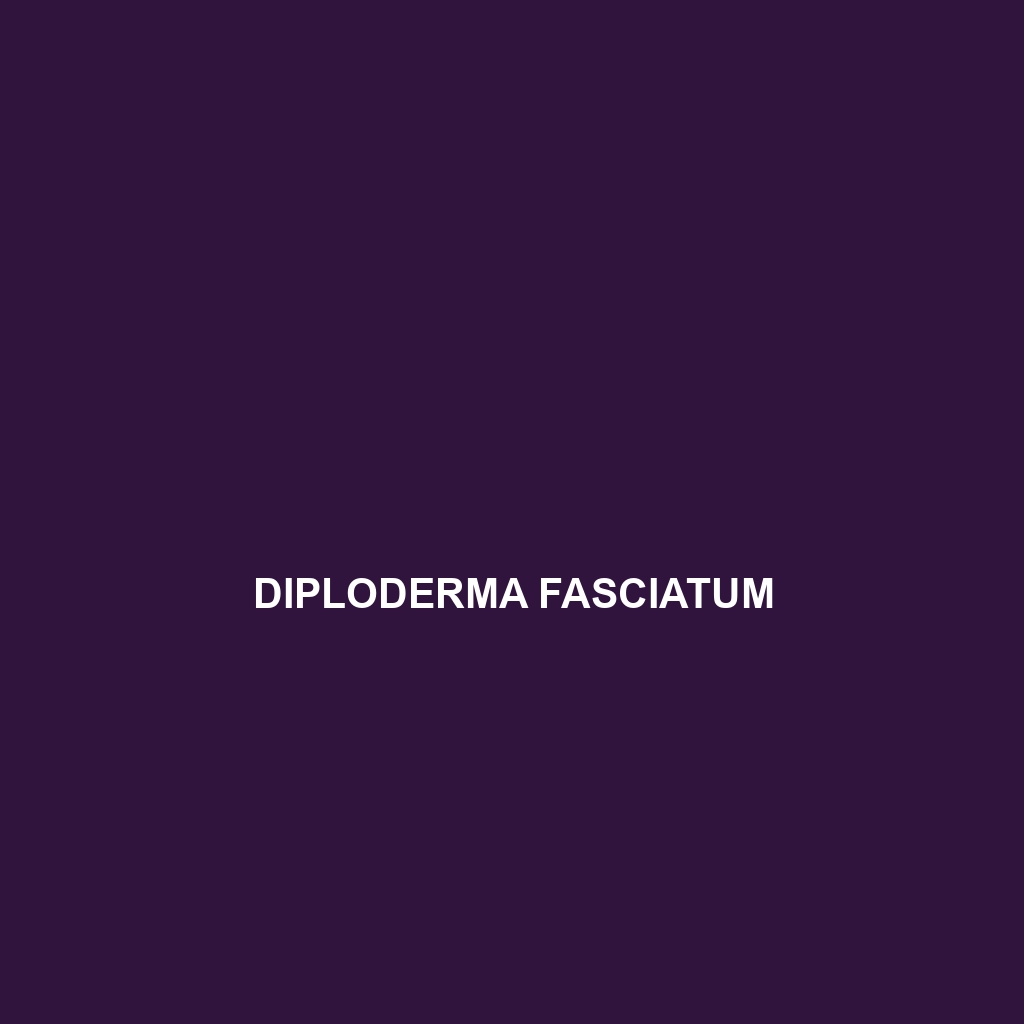Discover the Goniurosaurus zhoui, or Zhou's Spotted Gecko, a striking nocturnal insectivore native to the temperate forests of eastern China, known for its distinctive dark coloration with light spots and important ecological role in controlling insect populations. This vulnerable species thrives in humid environments and showcases fascinating behavioral adaptations, including tail shedding for defense.
Tag: forest ecosystem balance.
Goggia microlepidota
`<p><b>Goggia microlepidota</b> is a slender, insectivorous species found in temperate forests, notable for its adaptable coloration and unique fine scales. Classified as vulnerable, it plays a vital role in controlling insect populations and maintaining ecological balance within its habitat.</p>`
Dixonius pawangkhananti
<p><b>Dixonius pawangkhananti</b>, a stunning reptile native to the tropical rainforests of Southeast Asia, thrives in humid environments and exhibits vibrant green coloration with distinctive markings. As an agile and diurnal insectivore, this species plays a critical role in its ecosystem by controlling pest populations and contributing to the overall health of its forest habitat.</p>
Dipsas oreas
Dipsas oreas, or the highland snail-eating snake, is a non-venomous species native to the montane and cloud forests of Central and South America, characterized by its slender body, striking brown, gray, and yellowish coloration, and a diet primarily consisting of snails and slugs. This nocturnal predator contributes to ecosystem balance by controlling snail populations and exhibits adaptations for extracting its prey from shells.
Diploderma xinlongense
fascinating Diploderma xinlongense, a vulnerable lizard native to the moist montane forests of southeastern China, known for its striking dark brown to greenish coloration and adept climbing abilities. This arboreal species primarily feeds on insects and plays a vital role in maintaining the ecological balance of its habitat.
Diploderma fasciatum
vibrant Diploderma fasciatum, or striped forest gecko, a nocturnal insectivore thriving in East Asia's temperate forests. Known for its striking coloration and agile climbing abilities, this species plays a vital role in its ecosystem while facing threats from habitat destruction.
Dibamus bogadeki
Dibamus bogadeki, a slender, legless lizard native to the tropical forests of Southeast Asia. With its striking brown and yellow scales, this nocturnal insectivore plays a crucial role in its ecosystem while facing vulnerabilities from habitat destruction.
Cyrtodactylus wayakonei
Cyrtodactylus wayakonei, a striking gecko from Southeast Asia's rainforests, characterized by its creamy beige to light brown skin with dark stripes, moderate size of 10 to 15 cm, and impressive climbing abilities. A nocturnal hunter, it plays a vital role in maintaining insect populations and thrives in humid montane forests, but is currently classified as Vulnerable due to habitat loss.
Cyrtodactylus spinosus
Cyrtodactylus spinosus, a gecko species from Southeast Asia, characterized by its spiny projections and nocturnal foraging behavior. With a diet primarily consisting of insects, this vulnerable species plays a crucial role in maintaining the ecological balance of its moist, tropical forest habitat.
Cyrtodactylus semiadii
Cyrtodactylus semiadii is a medium-sized gecko found in the humid tropical forests of Southeast Asia, recognizable by its distinctive dark and light banded pattern. Primarily nocturnal, this resilient species is an opportunistic feeder that plays a vital role in insect population control while facing threats from habitat loss.









